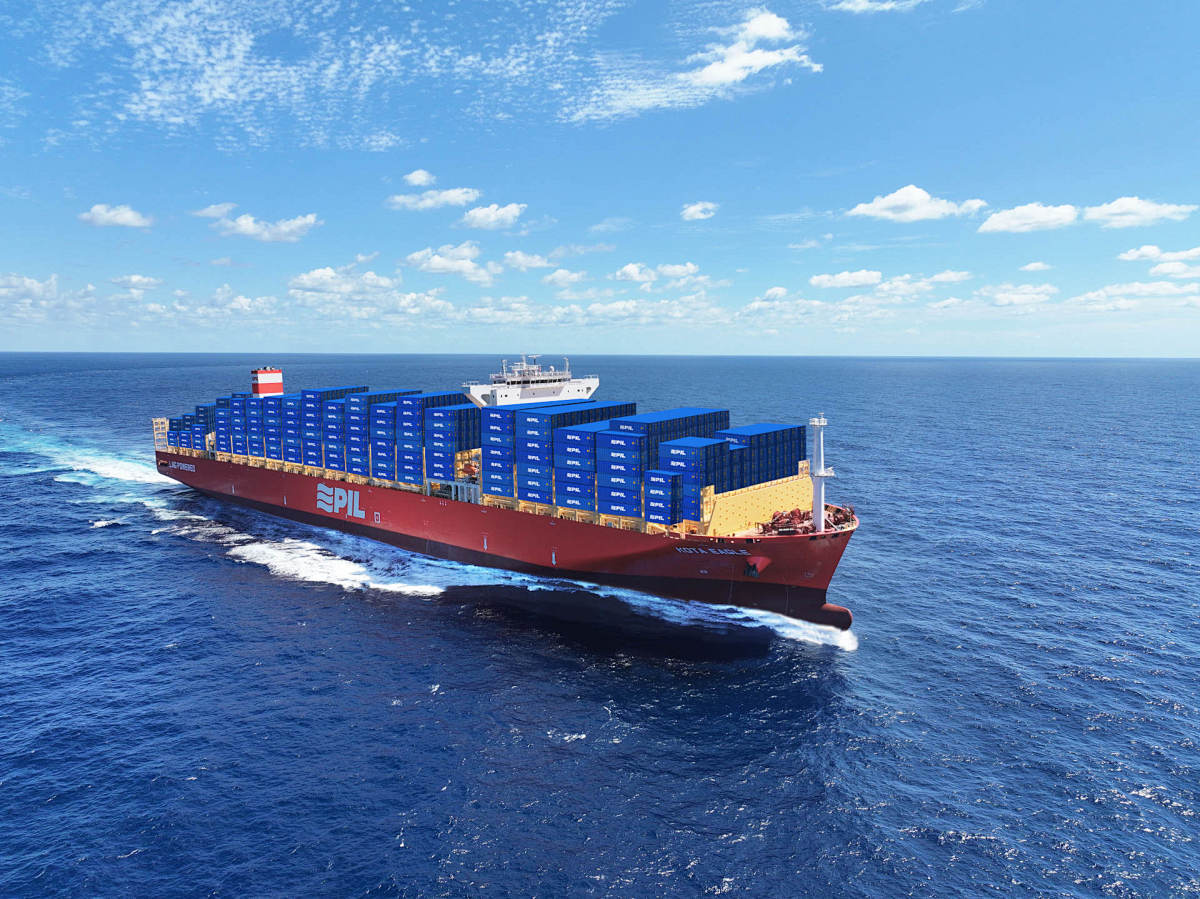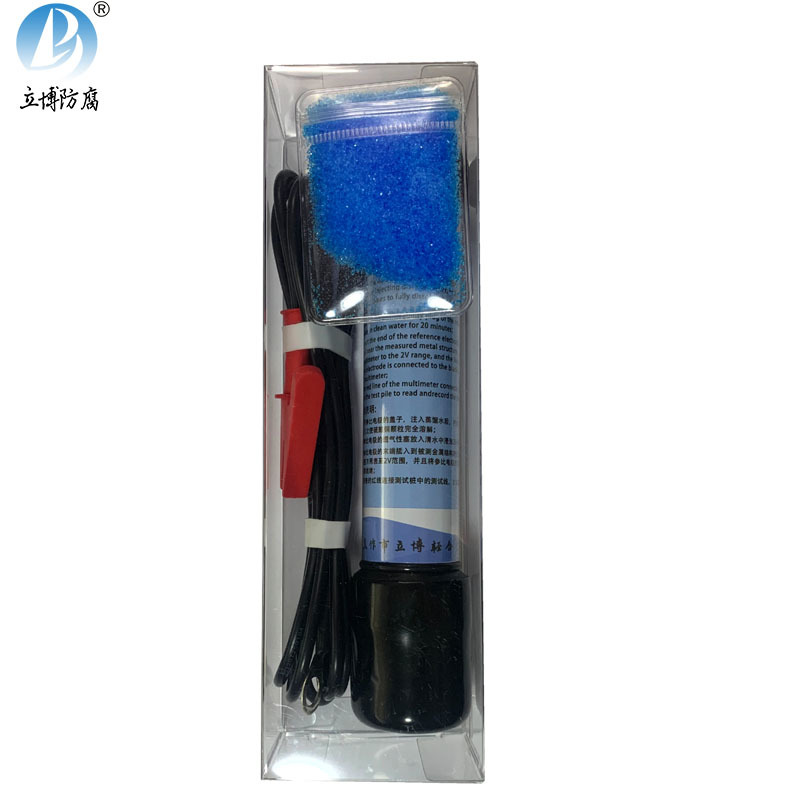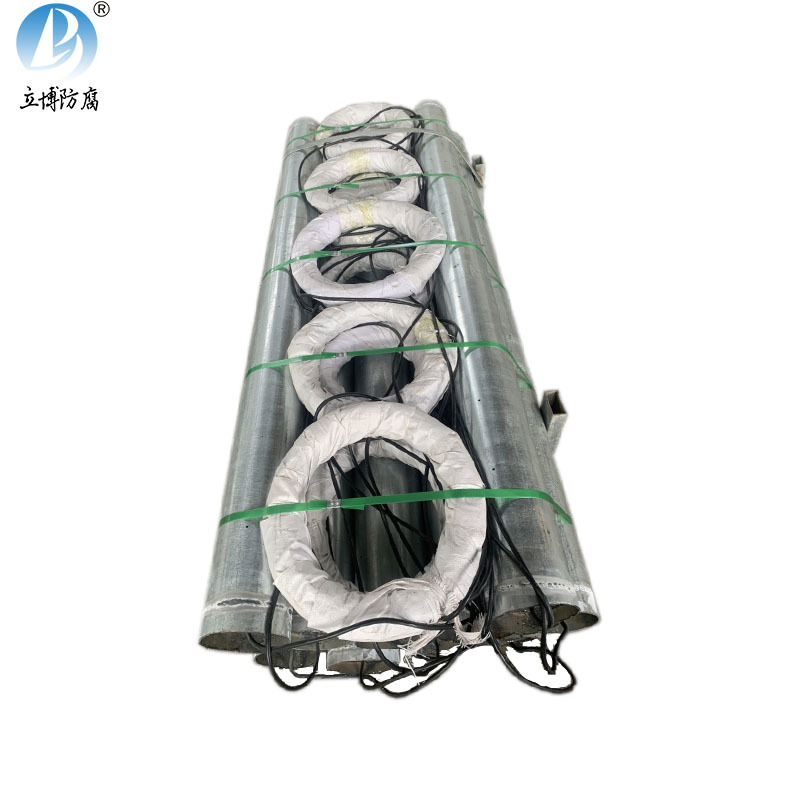Introduction to Cathodic Protection Technology
Release time:
2024-12-15
Cathodic protection is one of the most effective methods to prevent electrochemical corrosion of metals.
Cathodic protection technology
Cathodic protection is one of the most effective methods to prevent electrochemical corrosion of metals. It works by applying a certain cathodic current to the protected metal, causing it to undergo cathodic polarization. When the metal's potential is negative compared to a certain value, the corrosion process of the anode is effectively suppressed. Depending on the method of providing cathodic current, cathodic protection can be divided into two types: sacrificial anode method and impressed current method. The sacrificial anode method involves connecting a metal or alloy with a more negative potential to the protected metal structure electrically. Through the continuous consumption and dissolution of the electro-negative metal or alloy, protective current is provided to the protected object, thus protecting the metal structure. The impressed current method converts external AC power into low-voltage DC power, transmitting the protective current to the protected metal structure through auxiliary anodes, thereby suppressing corrosion. The system measures the potential using reference electrodes and feeds back control signals to the potentiostat to adjust the output current, ensuring that the metal structure is always in a well-protected state.
Generally, the cost of cathodic protection only accounts for 1%-3% of the cost of the protected metal structure, while the service life of the structure can be extended several times or even dozens of times. Due to the advantages of simple equipment, convenient construction, and long protection time, cathodic protection has rapidly developed and been widely applied in recent years, making it a technology with low investment, good results, and significant economic benefits.
The company has been engaged in the research and application of cathodic protection technology for many years. It integrates research and development, design, production, construction, and engineering contracting of cathodic protection technology and products. The company has undertaken nearly a thousand cathodic protection projects in fields such as ships, port facilities, buried pipelines and networks, petrochemicals, electric power, and marine engineering, with products and project achievements covering the whole country and more than ten countries and regions including the United States, Japan, Thailand, Pakistan, Indonesia, and Hong Kong, all achieving good anti-corrosion effects.
Application fields
Ships, port facilities, marine engineering, buried pipelines and tank networks, power plants, oil refineries and chemical plants, reinforced concrete structures and building foundations
Service scope
Design and construction of various cathodic protection projects, various cathodic protection series products, technical training, technical guidance, technical services.
Key words:
Learn more about industry dynamics
The company's main products: magnesium alloy sacrificial anode series, aluminum alloy sacrificial anode series, zinc alloy sacrificial anode series, and cathodic protection supporting products, such as more than a dozen varieties and hundreds of specifications.
Focus on the development and production of cathodic protection materials
online message
We will contact you within one working day. Please pay attention to your phone or email.








